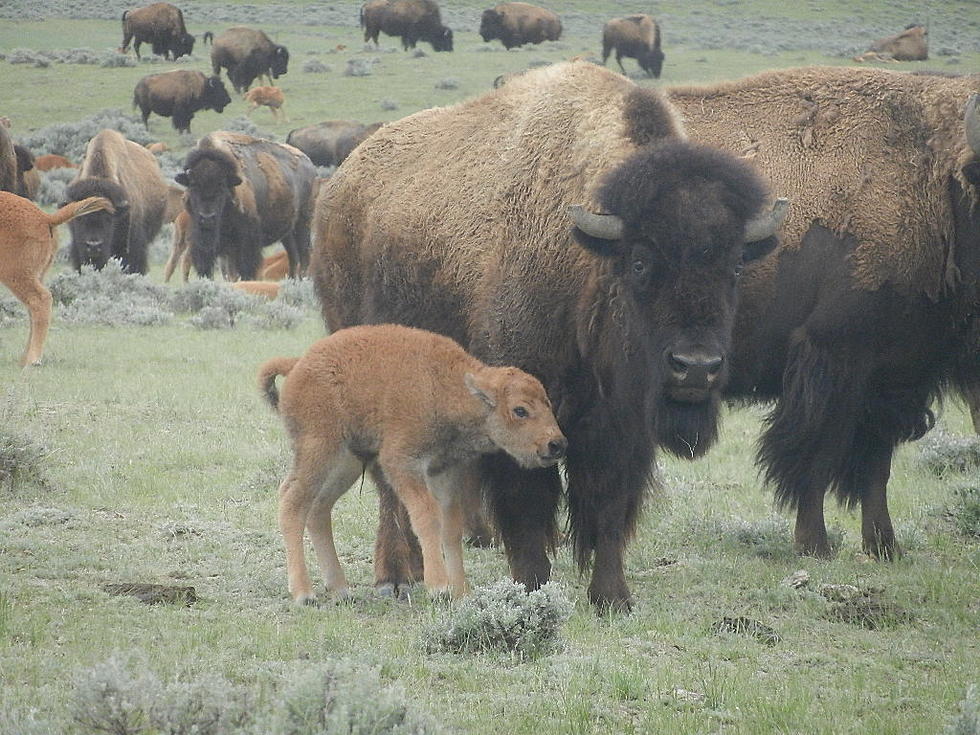
Draft Plan Released for Bison Management in Yellowstone
The National Park Service on Thursday released a draft Environmental Impact Statement for a Bison Management Plan at Yellowstone National Park, according to a news release from the Park.
The draft EIS introduces a broad range of actions for managing bison.
The actions include allowing the National Park Service evaluate bison management based on new scientific information and changed circumstances, explore ways to reduce bison being sent to slaughter, and to continue working closely with Tribal Nations and agency partners in management.
The draft EIS also will consider actions likely to occur on lands outside the Park in Montana. It acknowledges the National Park Service does not have jurisdiction or control over actions such as hunting or tolerance for bison beyond the Park boundary.
The EIS intends to preserve an ecologically sustainable population of wild, wide-ranging bison while continuing to work with other agencies to address issues related to brucellosis transmission, human safety, property damage and to support Tribal hunting outside the Park.
The draft EIS considers alternatives to managing bison with varying population ranges and management activities including:
Alternative 1: The National Park Service would continue management of bison pursuant to the existing Interagency Bison Management Plan approved in 2000.
- Maintain a population range of bison similar to the last two decades -- 3,500 to 5,000 bison after calving.
- Continue hunt-trap coordination to balance population regulation in the Park by using culling and hunting opportunities outside the Park.
- Increase the number of brucellosis-free bison relocated to Tribal lands via the Bison Conservation Transfer Program.
- Work with the State of Montana to manage the already low risk of brucellosis spreading from bison to cattle.
Alternative 2: Bison would be managed within a population range of about 3,500 to 6,000 animals after calving with an emphasis on using the Bison Conservation Transfer Program to restore bison to Tribal lands and Tribal treaty hunting outside the park to regulate numbers.
Alternative 3: The National Park Service would rely on natural selection, bison dispersal, and public and Tribal harvests in Montana as the primary tools to regulate numbers, which would likely range from 3,500 to 7,000 or more animals after calving.
The release of the draft Environmental Impact Statement starts the public review period.
Interested individuals, organizations and agencies are encouraged to provide written comments regarding the alternatives, information, and analyses presented in the draft EIS.
The preferred method for submitting comments is online here.
Comments also may be mailed or hand-delivered to: Superintendent, Attn: Bison Management Plan, P.O. Box 168, Yellowstone National Park, WY 82190.
The deadline to submit comments is Sept. 25.
Yellowstone National Park will host two public meetings during the public comment period.
Attend these meetings to learn more about the plan and planning process and ask National Park Service staff questions.
Webinar 1: Aug. 28 at 10:30 a.m. MST; Link.
Webinar 2: Aug. 29 at 4 p.m. MST; Link.
At the end of the public comment period, the National Park Service will analyze and consider all substantive feedback received and prepare a final Environmental Impact Statement, which is expected to be released in 2024.

